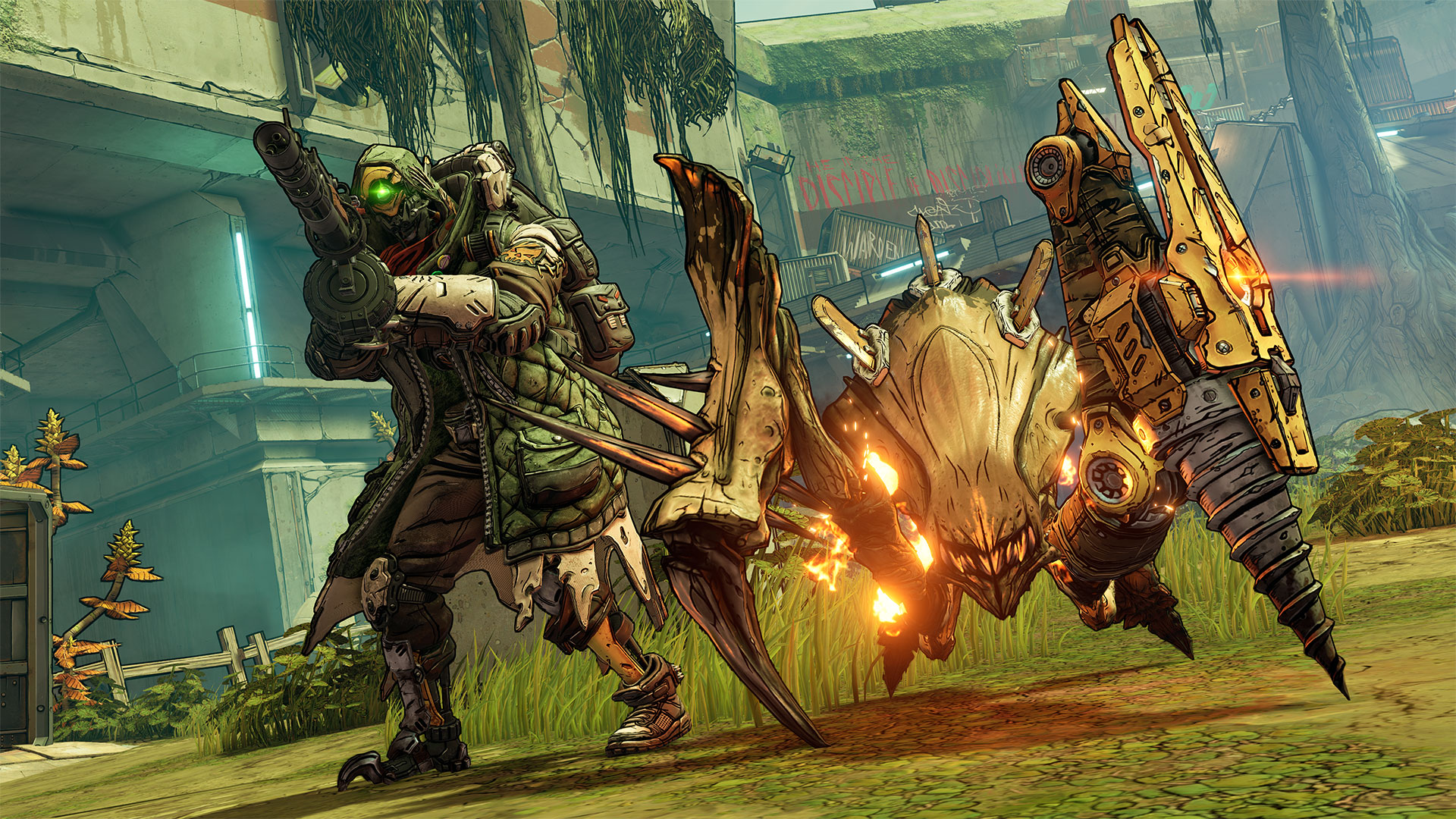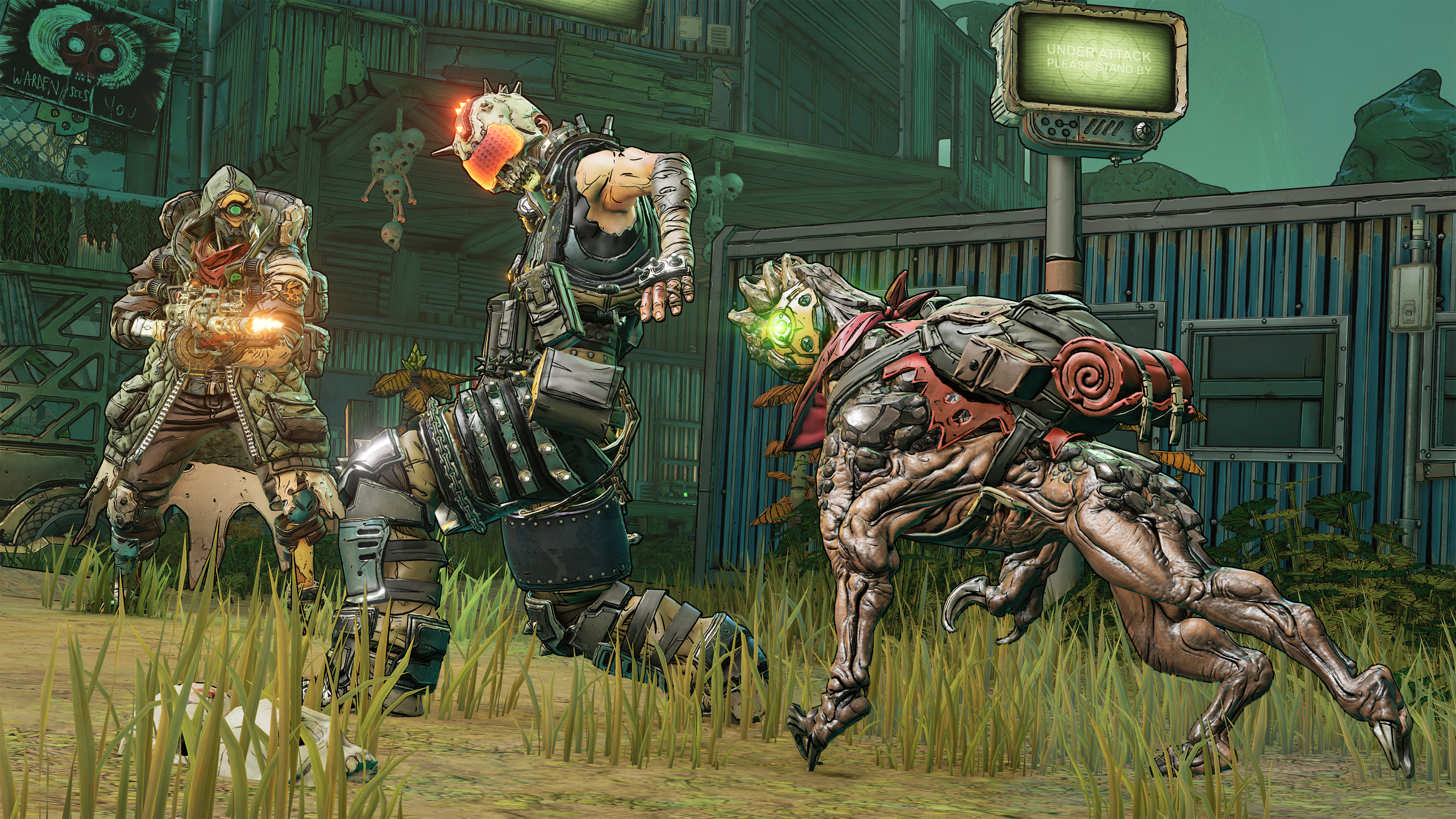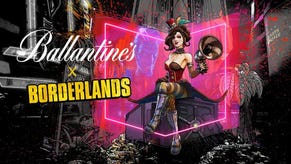Respec yourself: it's the best way to play Borderlands 3
However you choose to play it, Borderlands 3 has the qualities of a great FPS: precise, tactical, and constantly in motion. It’s the rare loot-shooter that doesn’t feel compromised by its dependency on DPS, rarely descending into bullet sponge battles or academic studies on passive bonuses. But trust me: it becomes something even better if you have a little self-respec.
Respeccing, for those new to action RPGs or MMOs, is the ability to pay for a total switch-up of the skills you’ve picked for your character while ascended through the levels - essentially sending you back to the start, but with all the points you’ve gained, and the freedom to slot them wherever you like. The appeal is obvious: you get to exploit the knowledge you’ve gained from all the hours you’ve spent with the game, min-maxing to accentuate the abilities you find most enjoyable and effective, while binning off those skill trees that turned out to be dead ends.
For me, though, it’s taken a change in attitude to start respeccing. That’s because, by the time I was old enough to clear rats out of the basement, the RPG had started to split into two. First, Diablo applied the real-time impact of Doom to high fantasy questing, infusing combat with feedback and momentum. Then, months later, Baldur’s Gate reimagined the RPG as a tactically satisfying, glacially slow meditation on choice and consequence. It’s the latter that I happened across, and it defined my expectations for a lifetime of RPGs.
Games like Baldur’s Gate - and Dragon Age, and Divinity, and all the others it inspired - don’t tend to offer respeccing. That’s because the idea of reneging on the path you’ve picked is anathema to the story-driven RPG. These are games in which you’re supposed to live with the outcome of your actions, whether that’s the untimely death of an NPC, or a spellbook filled with ice spells when you’re stuck fighting frost giants. To alter the talents of your protagonist would be to delete their journey - a betrayal of all the tiny choices that have carried them from zero to hero.
Action RPGs like Diablo have no such qualms. These are games built around their mechanics - less about muddling through the story of your life than optimising it to find the perfect, most powerful version of yourself. To do that, it makes sense to experiment, mixing and matching abilities to find the unexpected combinations with explosively OP results.
Borderlands was the first game to successfully trap the essence of Diablo in the body of a shooter, and the series remains very much a part of the action RPG genre today. Hence the Quick Change Station that sits on the deck of Sanctuary III, the ship that functions as your hub throughout.
You might assume, as I first did, that respeccing is something only endgame players do, after much thought and planning. But actually, the cost of completely reconfiguring your character is negligible. I’ve read that it gets more expensive the higher your level, but in my experience it’s always been a small fraction of the money I’m carrying. What that means is that you can treat the Station like the plasmid vending machine in BioShock, swapping out your abilities whenever you head back to the ship.
I’ve been indulging in skill pick ‘n’ mix between every major story mission, and it’s made for a much more varied and rewarding campaign. Not only are my weapons changing all the time, but so is my signature action skill, and the pet that runs alongside me into the fray. In the beginning, I was a Stalker, a subset of the Beastmaster class with a Jabber pet - a creature with enough opposable thumbs to fire a shotgun and sufficient brain to fire it in the right direction. Amid all that noise, I was able to vanish from sight and quietly line up critical shots from afar, the focus of nobody’s attention.
Then, as a Hunter, I commanded a menagerie of beasts - ordering a Spiderant to charge enemies from the front, and calling in airstrikes from winged Rakk. Both can be developed to pass health back to the Beastmaster, making him a surprisingly resilient force fit for solo play.
But I found true happiness as a Master. I switched out the ant for a Skag, which deputy editor Kirk constantly mistook for an enemy, and with good reason - it’s not exactly house trained. The thing has lifted its leg on the bridge of Sanctuary III during a very serious missing briefing, and p**sed in the temple halls of Athenas. But that filth comes in handy: by chucking the Skag through a rift, I can irradiate a tight area of the battlefield, effectively nuking the toughest enemies and supercharging my own weapons. It’s a playstyle that favours decisive action and ambushes, positioning you as a guerilla fighter - hoping you’re fast and ferocious enough to end encounters before they overwhelm you.
It’s still impossible to see all of Borderlands 3 in one playthrough. The Beastmaster, FL4K, is just one of four classes, and those you have to stick with - the game’s one concession to RPG consequences. But you’d be surprised by just how many different roles you can occupy, if only you give yourself the respec you deserve.




















